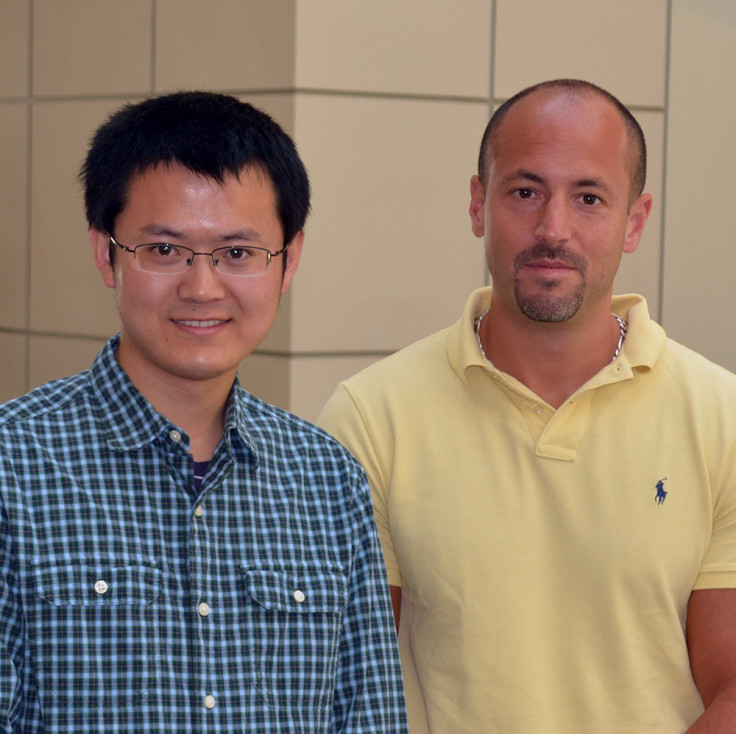Simple and cheap way of making valuable drug compounds discovered by Scripps

In a simple, inexpensive method of mixing two compounds and adding a catalyst, chemists at The Scripps Research Institute (TSRI) have synthesised valuable molecules used in drug production.
The team used the reaction to synthesise more than 100 different amines, many of which are valuable drug compounds.
The reaction has already been picked up by industry.
The procedure requires a little more than the mixing of two abundant compounds, a nitroarene and an olefin, with an iron catalyst.
"It's as if we're taking dirt, and then adding a bit of rust, and putting it all in a blender and ending up with gold -- except that the amines we can make with this new method are often worth much more than their weight in gold," said Phil S Baran, the Darlene Shiley Chair in Chemistry at TSRI who led the new study.
The findings are published in the 22 May, 2015 issue of the journal Science.
Amines are related to ammonia (NH3), but are much more complex. Amines with resistance to breakdown by enzymes in the body are especially tough to make.
Working with different nitroarenes and olefins, the team found the reaction worked smoothly under unusually mild conditions to generate a great variety of complex amine compounds.
"Some of the compounds we made contain sensitive functional groups that can't survive conventional amine synthesis reactions," said Jinghan Gui, a research associate in the Baran laboratory who was first author of the paper.
The main ingredients used, nitroarenes and olefins are cheap, abundantly available feedstock chemicals.
"Yet when they are merged together in this unique way, they turn out to make compounds that would be extraordinarily difficult to make in any other way," noted Baran.
Much of this work was conducted by chemists at Bristol-Myers Squibb, which has ongoing research collaboration with TSRI, and at the New Jersey-based contract research organisation Kemxtree.
"This reaction is conceptually novel, yet simple and practical to carry out -- just in the past two months we've used it for dozens of decagram-scale reactions in our lab," said Kemxtree chemist Swaminathan R Natarajan.
"While testing this new methodology, we were able to rapidly access targeted intermediate compounds for which other standard methods of preparation had failed," said Bristol-Myers Squibb discovery chemist Bill Pitts.
© Copyright IBTimes 2025. All rights reserved.



















